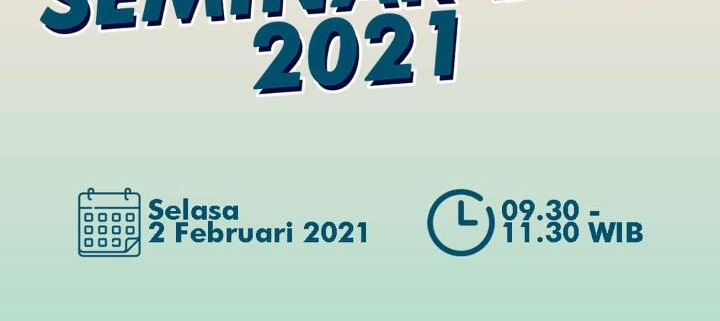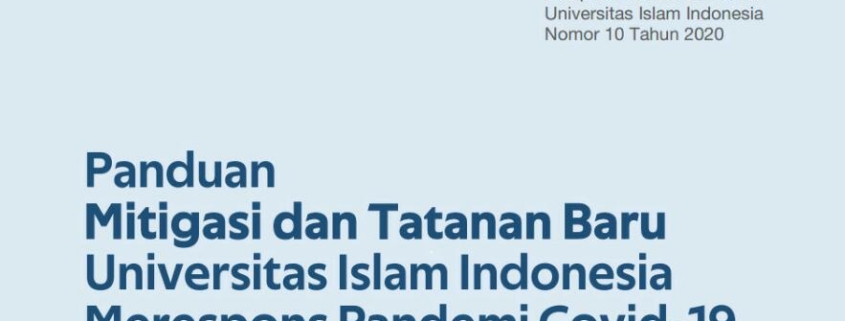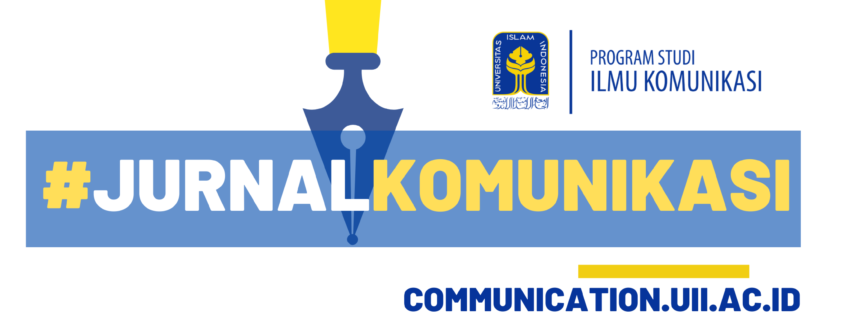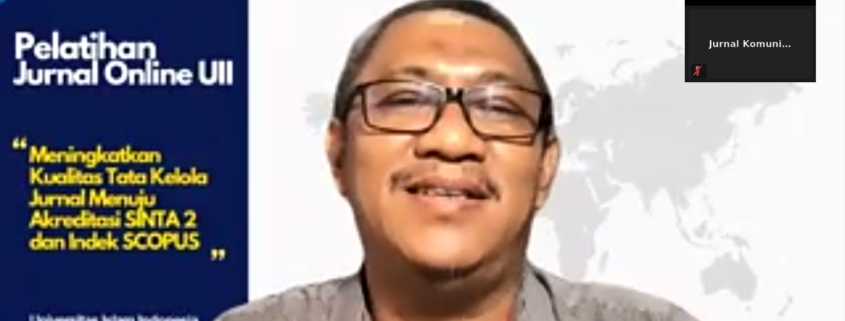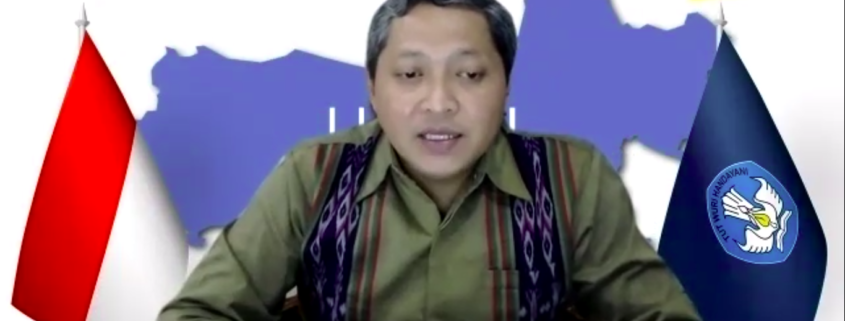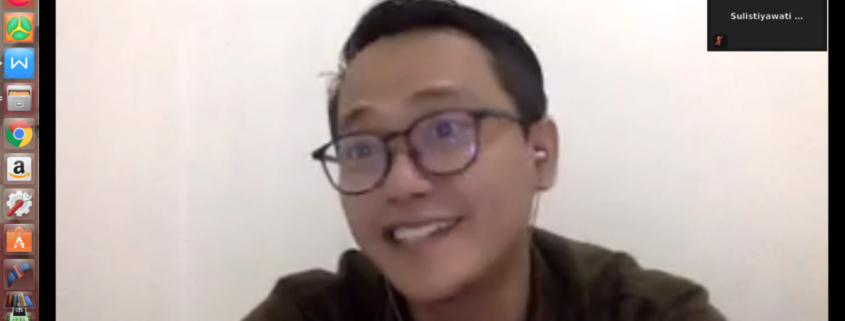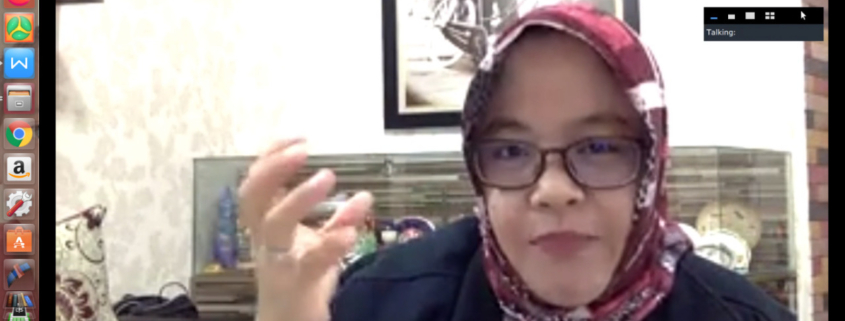Seminar Day 2021
Wajib untuk mahasiswa Komunikasi UII angkatan 2018 yang akan mengambil Mata Kuliah Seminar Proposal (Reguler dan International Program)
Pelaksanaan
Selasa, 2 Februari 2021
09.30-11.30 WIB
Tautan
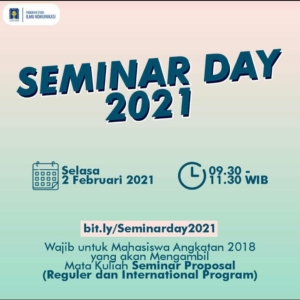
Sebelum mengikuti seminar day mahasiswa harus melihat penjelasan dari dosen-dosen berikut:
Seminar Day 2021 (Bersama: Nadia Wasta Utami, S.I.Kom, M.A.)
http://bit.ly/NadiaSeminarDay
Seminar Day 2021 (Bersama: Ida Nuraini Dewi Kodrat Ningsih, S.I.Kom., M.A.)
http://bit.ly/IdaSeminarDay
Seminar Day 2021 (Bersama: Dr. Rer. Soc. Masduki, S.Ag., M.A., M.Si.)
http://bit.ly/MasdukiSeminarDay
Seminar Day 2021 (Bersama: Puji Hariyanti, S.Sos., M.I.Kom.)
http://bit.ly/PujiHSeminarDay
Seminar Day 2021 (Bersama: Ratna Permata Sari, S.I.Kom., M.A.)
http://bit.ly/RatnaSeminarDay
Seminar Day 2021 (Bersama: Sumekar Tanjung, S.Sos., M.A.)
http://bit.ly/TanjungSeminarDay
Seminar Day 2021 (Bersama: Narayana Mahendra Prastya, S.Sos., M.A.)
http://bit.ly/NaraSeminarDay
Seminar Day 2021 (Bersama: Herman Felani, S.S., M.A.)
http://bit.ly/HermanSeminarDay
Seminar Day 2021 (Bersama: Holy Rafika Dhona, S.I.Kom., M.A.)
http://bit.ly/HolySeminarDay
Seminar Day 2021 (Bersama: Dr. Subhan Afifi, M.Si.)
http://bit.ly/SubhanSeminarDay
Setelah mahasiswa mengikuti Seminar Day, mahasiswa konsultasi kedosen, setelah itu mahasiswa mengirimkan outline yang sudah di acc ke link:
Adapun format outline sebagai berikut:
Format Outline Penelitian
Nama:
NIM:
Tema:
Rencana Judul:
1. Latar Belakang, berisi tentang :
- Konteks empiris (sosial, budaya, politik, ekonomi, atau historis) yang melatarbelakangi penelitian. Tidak semua konteks harus dijelaskan, cukup dijelaskan konteks yang relevan saja.
- Identifikasi masalah Penjelasan atas konteks empiris yang relevan tersebut akan menuntun peneliti menemukan masalah-masalah yang ada dalam konteks tersebut. Bagian ini dicirikan dengan identifikasi beberapa masalah yang sesuai dengan konteks permasalahan.
- Hal-hal yang mendorong atau argumentasi pentingnya dilakukan penelitian.
2. Rumusan Masalah (dan pertanyaan penelitian), berisi tentang :
- Fokus masalah. Setelah masalah-masalah diidentifikasi, penelitian akan berfokus untuk menjawab satu masalah, dua masalah, atau beberapa masalah yang telah diidentifikasi tersebut. Jadi, singgung secara singkat identifikasi masalah yang ada di bagian latar belakang kemudian tegaskan fokus penelitian. Dalam bagian ini dapat dijelaskan asumsi dan lingkup yang menjadi batasan penelitian.
- Penentuan lokasi penelitian dan argumentasinya
- Rumusan masalah : Rumuskan dengan jelas permasalahan yang akan diteliti, baik dengan sebuah pertanyaan ataupun pernyataan penelitian
3. Kerangka Teori, berisi tentang : list/ daftar teori yang akan digunakan, penjelasan singkat untuk masing-masing teori, minimal dari 2 (dua) penelitian terdahulu
4. Metode penelitian, berisi tentang : metode yang akan digunakan (kuantitatif/ kualitatif) dan rencana Teknik pengambilan data
5. Daftar Pustaka : minimal 2 (dua) sumber ilmiah (jurnal, buku, laporan penelitian)
| ACC dosen |
| Tanggal |
| (tanda tangan) |
| Nama lengkap dosen |
=========================================================================================================
Format Outline Karya
Nama:
NIM:
Tema:
Rencana Judul:
1. Latar Belakang, berisi tentang :
- Konteks empiris (sosial, budaya, politik, ekonomi, atau historis) yang melatarbelakangi penciptaan karya. Tidak semua konteks harus dijelaskan, cukup dijelaskan konteks yang relevan saja.
- Identifikasi masalah Penjelasan atas konteks empiris yang relevan tersebut akan menuntun peneliti menemukan masalah-masalah yang ada dalam konteks tersebut. Bagian ini dicirikan dengan identifikasi beberapa masalah yang sesuai dengan konteks permasalahan.
- Hal-hal yang mendorong atau argumentasi pentingnya karya tersebut diciptakan
2. Rumusan Ide Penciptaan, berisi tentang :alasan memilih medium tertentu (misal lewat film, foto, dan medium komunikasi lainnya) untuk menyampaikan pesan dari karya tersebut
3. Tinjauan Pustaka : berisi tentang referensi terdahulu berkaitan dengan penciptaan karya karya
4. Metode penciptaan karya : berisi tentang daftar rencana langkah-langkah penciptaan karya (aktivitas untuk tahap pra-produksi, produksi, pasca-produksi)
5. Daftar Pustaka : minimal 2 (dua) sumber ilmiah (jurnal, buku, laporan penelitian) berkaitan dengan karya terdahulu
| ACC dosen |
| Tanggal |
| (tanda tangan) |
| Nama lengkap dosen |

